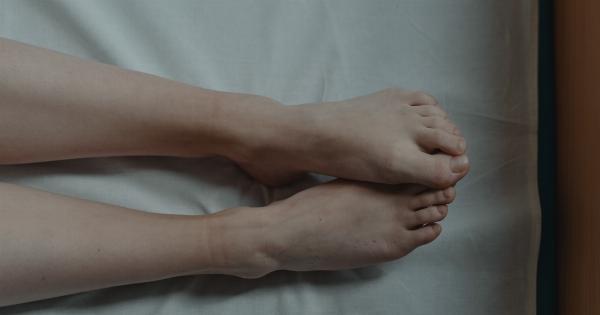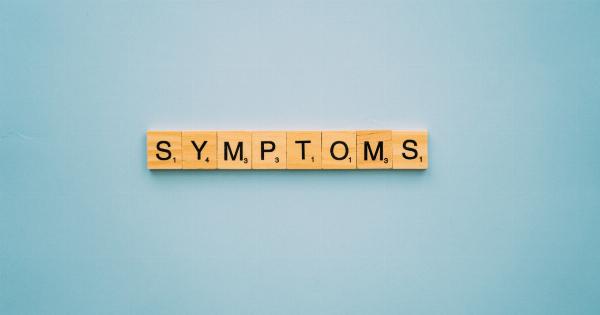When it comes to finding relief from pain, there are various remedies and treatments available. From over-the-counter medications to acupuncture, people have tried almost everything to alleviate their discomfort.
However, one lesser-known method that is gaining popularity is color therapy for analgesia. This alternative treatment uses different colors to promote healing, relaxation, and pain reduction.
What is color therapy?
Color therapy, also known as chromotherapy or color healing, is a holistic therapy that uses different colors to balance the body’s energy centers or chakras.
It is based on the belief that colors have a profound impact on our physical, mental, and emotional well-being. Color therapists believe that each color possesses unique properties and vibrations that can influence our body’s energy flow.
How does color therapy work for pain relief?
Color therapy for pain relief works by exposing the body to specific colors, either through visual stimulation or light therapy.
It is believed that these colors can stimulate the production of certain chemicals in the body, such as endorphins and serotonin, which are natural painkillers and mood enhancers.
The power of red
Red is often associated with warmth, energy, and stimulation. In color therapy, it is used to increase blood flow and circulation, which may help in alleviating pain caused by poor circulation or conditions like arthritis.
Red light therapy has also shown promising results in reducing pain and promoting wound healing.
The calming effect of blue
Blue, on the other hand, is known for its calming and cooling properties. It is commonly used to reduce inflammation and soothe conditions such as muscle strains or sprains.
Blue light therapy has been found to have analgesic effects and can improve pain management in certain conditions.
Yellow for happiness and clarity
Yellow is associated with happiness, clarity, and optimism. It is believed to stimulate the nerves and enhance mental focus.
Yellow light therapy may be used to boost mood and alleviate pain associated with conditions like fibromyalgia or chronic fatigue syndrome.
Gentle green for balance
Green is often associated with balance, harmony, and renewal. It is commonly used in color therapy to promote overall healing and relaxation.
Green light therapy has been found to reduce pain sensitivity and is often used in the treatment of migraines or tension headaches.
Orange for warmth and creativity
Orange is a warm and vibrant color that is believed to increase energy levels and creativity.
Orange light therapy may be used to stimulate the mind, alleviate depression, and reduce pain associated with conditions like neuropathy or chronic pain syndromes.
The soothing power of purple
Purple has long been associated with spirituality, meditation, and calming the mind. In color therapy, purple or violet light is used to induce relaxation and reduce anxiety or stress.
It can also be helpful in diminishing pain caused by conditions like tension or cluster headaches.
Color therapy techniques
There are various techniques used in color therapy for pain relief. Some of the common methods include:.
- Color visualization: This involves visualizing the specific color associated with pain relief and imagining it flowing through the body, soothing and healing the affected areas.
- Color bathing: This technique involves sitting in a room illuminated with the desired color or bathing in water infused with that specific color.
- Light therapy: Light therapy devices that emit different colors can be used to target specific areas of pain or to provide overall pain relief.
- Colorpuncture: This technique involves using a light pen with colored filters to direct colored light onto specific acupuncture points to promote healing and pain reduction.
Considerations and limitations
While color therapy might sound intriguing, it is important to approach it with caution and skepticism. Scientific evidence supporting color therapy for analgesia is limited, and it should not be used as a substitute for conventional medical treatments.
However, many people have reported positive experiences with color therapy as a complementary therapy in pain management.
It is advisable to consult a qualified color therapist or healthcare professional before incorporating color therapy into your pain relief routine. They can provide guidance on the most suitable colors and techniques for your specific condition.
In conclusion
Color therapy for analgesia offers a unique and holistic approach to pain relief. While the scientific evidence is inconclusive, many individuals have found relief and relaxation through this complementary therapy.
Whether it’s the warming effects of red, the calming properties of blue, or the balancing nature of green, each color holds the potential to alleviate pain and promote overall well-being. Incorporating color therapy into your pain management routine may be worth exploring, but always remember to consult a professional for guidance.




























